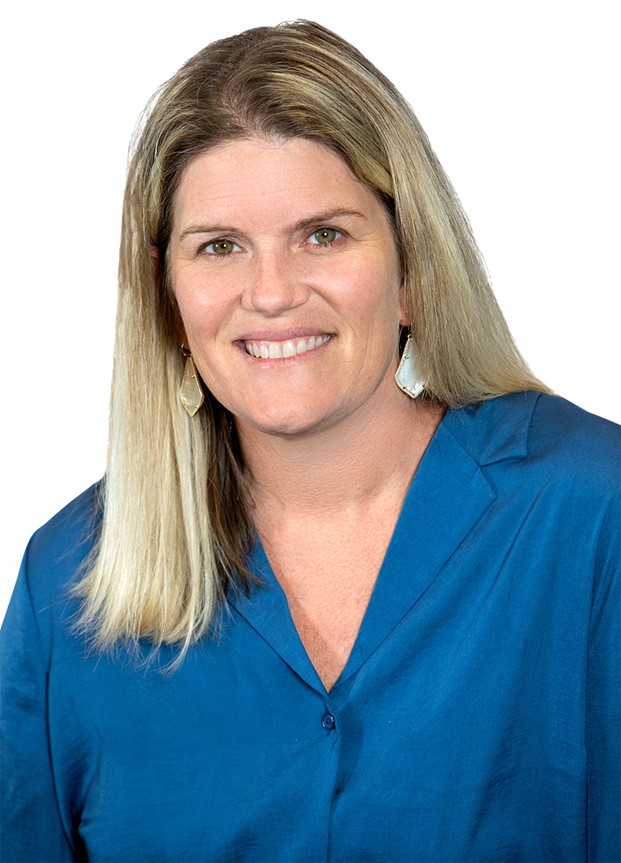If you don’t know what it means for a carrier to “claims match,” then your facility is probably losing revenue. Did you know that most large carriers match (prospectively or retrospectively) your ASC CPT codes to the professional CPT codes and the anesthesia crosswalk codes billed?
What happens when the three claims don’t match? If the carrier follows this matching policy, it can present two problems for the facility coder.
- Your procedure codes could be changed to match the professional charges, which could lead to downcoding and, therefore, a reduction in your revenue.
- The claim may not pay until your money chaser calls and toggles the claim back into adjudication.
Although the process may seem unfair, the idea of claims matching for the ASC, professional and anesthesia charges actually makes sense. After all, the three claims are supposed to be the same surgery. But why wouldn’t the carriers simply match the claims to the correct codes? It’s important to know your carriers’ policies with respect to claims matching and argue your case if your codes are changed.
This is how the process works. Let’s say, for example, that you code out and bill (for the ASC) an arthroscopic carpal tunnel release (CPT code 29848). The anesthesiologist codes and bills an arthroscopic carpal tunnel release (01810). The surgeon codes the carpal tunnel release as an open procedure (64721). The carrier correctly assumes one of you is right and usually goes with the surgeon for their own reasons. The documentation supports the facility claim, but if the surgeon’s claim is coded using a lower level procedure code, you’ll probably be reimbursed to match the claim submitted by the surgeon.
Sometimes matching occurs on the back-end, and you’ll find out from a negative balance invoice. Carriers will state that they overpaid you and they’ll want a refund, which they will be happy to take out of future payments. Whether the carriers are matching claims on the front-end or the back-end, it is a policy that could be costly for your facility.
Here are six steps to avoid being stung by carrier claims matching.
- Code accurately by using certified trained professional coders who are regularly audited.
- Do not code form a charge sheet or superbill. You must always code from medical record documentation. A charge sheet is not enough to support the way you’ve coded.
- Match your codes to the surgeons’ codes on the front-end by establishing a daily spreadsheet in which the codes are matched.
- Discuss codes that don’t match. This will usually be the job of the administrator to coordinate a discussion amongst involved parties for resolution.
- Get a third opinion — if you disagree — from an outside consultant.
- Do not change a code arbitrarily simply to get the codes to match.
If you find that a carrier matched claims, leading to a reduction in payment, here are four steps to take for appealing the claims match appeal.
- Contact the surgeon’s office and discuss the coding differences to determine the discrepancy.
- The facility claim and the professional claim should match (*most of the time).
- Use the fact that the professional and facility claim match to win.
- The surgeon will need to appeal by sending in a corrected claim.
Now that I’ve explained claims matching, it’s also important to know that there are a few times when the claims are not supposed to match. For example, consider a case where a surgeon performs an arthroscopic medial meniscectomy and an arthroscopic chondroplasty in the lateral compartment of the knee. The facility should report CPT code 29881 while the surgeon would report a 29881 as well as a G0289 or 29877 for the chondroplasty, depending on the carrier.
NCCI edits dictate that a facility must not unbundle a chondroplasty from virtually all other arthroscopic knee procedures. However, the surgeon should bill the chondroplasty code if performed in a separate compartment. This is one example of the facility and professional claims not matching – and they shouldn’t. In this case, the carrier should pay differently and that is okay.
To improve your compliance and revenue and to avoid claims delay due to matching, code and bill from the operative reports and other applicable documentation to ensure accurate coding. Always involve the facility administrator and coordinate codes with the surgeon and anesthesiologist. This practice is much more streamlined than it sounds, and it is effective. When it comes to carrier matching, fight as a team and you will be successful.
Ms. Edmiston is Senior Vice President of Professional Coding. NMBS specializes in freestanding outpatient surgery center coding and billing.
Ref. Becker’s Healthcare


